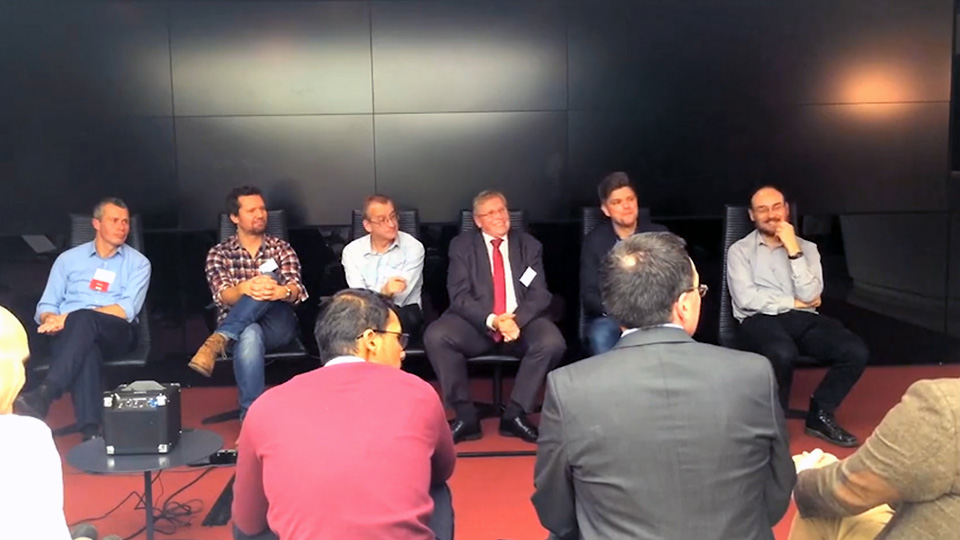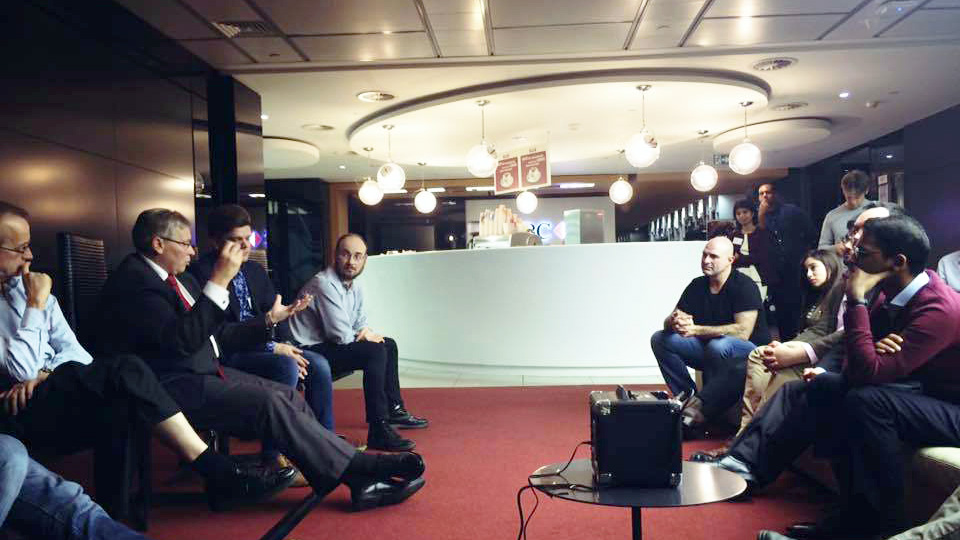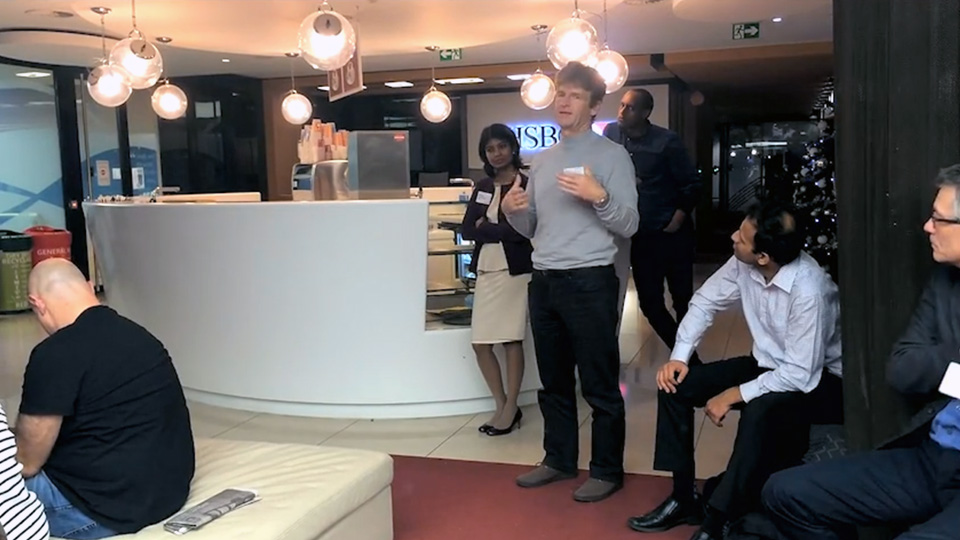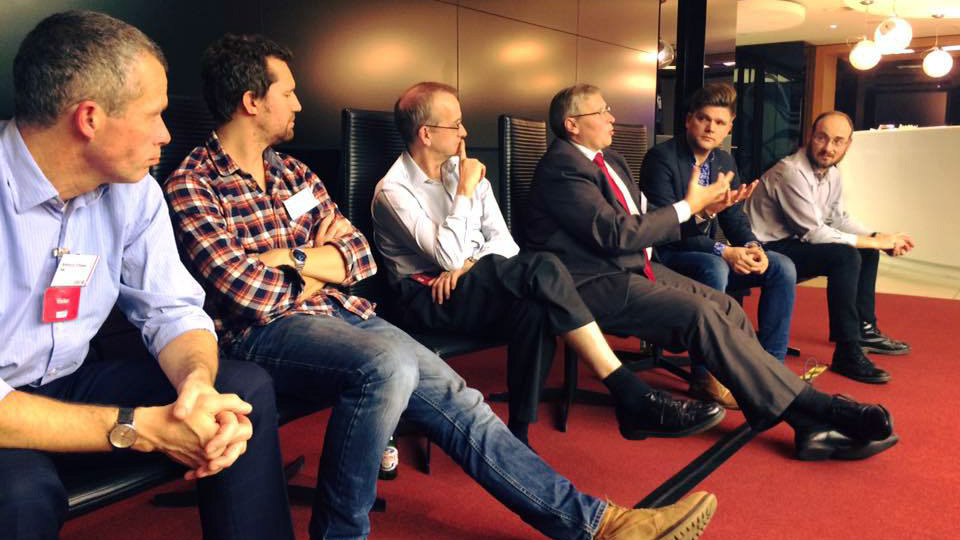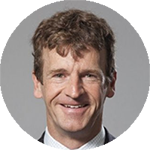A Panel Addresses the State of Hyperledger and What Needs Improvement
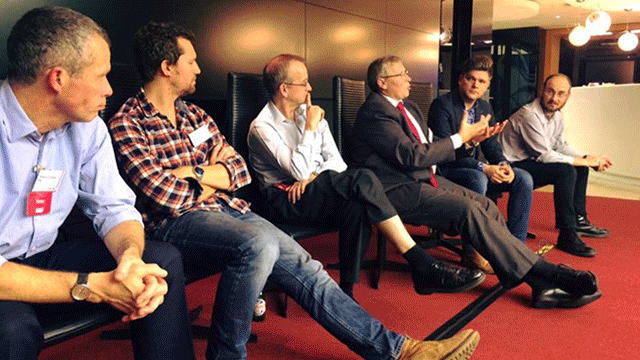
What is slowing down adoption?
This issue has been brought up in previous Hyperledger meetups, so it’s no surprise that another panel was in consensus (pun intended) when it comes to what the barriers to blockchain adoption are:
- regulation and legal constraints
- privacy and security
- standardization
- knowledge proliferation
- technical debt
- the lack of collaboration
To get into more detail, Anthony O’Dowd of IBM explained that financial services which is commonly brought up when talking about distributed ledger technology is a heavily regulated industry. He explains that regulators “whilst they’re optimistic and progressive, they’ll be cautious. They’re not saying no. They’re just being cautious.”
“(Adoption) takes time because there are necessary regulatory concerns.” —Anthony O’Dowd, IBM
John McLean of IBM added some of the concerns regulators had with some of the legal constraints. “Is a smart contract really a smart contract? What are the legal constructs?” he asked.
As far as privacy and security is concerned, it will boil down to how each incubation achieves this. It also comes down to standardization and how individual incubations should be able to work with one another in a modular fashion.
“It’s a case of evolving the base capability of Hyperledger, driving that standardization forward, and executing over the next couple of years.” —John McLean, IBM
When it comes to knowledge proliferation, Barry Childe of HSBC acknowledged the work that R3 and the Hyperledger Project has done to spread education, but he noted “that level of knowledge hasn’t proliferated across the business. A lot of this is just sitting there and we really don’t understand the implications of this technology.”
“You need to make things very demonstrable and very real, not just doing it inside the labs.”
—Barry Childe, HSBC
Sofus Mortensen of Nordea Markets explained that for many banks that have existed for a very long time, the biggest issue is technical debt.
“We have so many systems that can be so hard to implement this (distributed ledger) technology into it.” —Sofus Mortensen, Nordea Markets
Banks and other financial services are naturally competing with one another, so getting them to talk and actually collaborate is another challenge. Collaboration already isn’t perfect within large organizations, having to do that with a completely different entity adds a whole new level of problems.
“If you work in a big organization, collaboration inside the organization is quite difficult.”
—Mark Simpson, RBS
What needs to happen?
It’s been more than a year since the inception of the Hyperledger Project. Moving forward, the panel agreed that these are the things that have to be focused and improved on:
- interoperability
- consensus
- transparency
- modularity
- standardization
- community
It was stated that pretty much everyone in the London Hyperledger meetup wants the Hyperledger Project to bring everyone together under one community and governance model. With everyone talking to one another, duplication can be minimized if not avoided outright.
“(Hyperledger) should allow people to reuse existing modules that exist within the project, so that different codebases are not constantly reinventing everything from scratch.” —James Carlyle, R3 CEV
The Hyperledger Project should become a hub for innovation, transparency, and modularity. “It’s all about operating in all industries and doing that with discipline and solving real-world problems that provide benefit,” said Barry Childe.
“Its goal is to be this global entity to represent the distributed ledger technology community but with discipline.” —Barry Childe, HSBC
As John McLean noted, the long-term goal is that with Hyperledger as an open community, eventually a single standard codebase for the distributed ledger technology can be developed much like how TCP/IP became the standard for network communications.
Want details? Watch the video!
Table of contents
|
Related reading
- R3 CEV Unveils Distributed Ledger with Pluggable Consensus
- Hyperledger Fabric v1.0 to Bring Improved Transactions and a Pluggable Data Store
- How Hyperledger Fabric Delivers Security to Enterprise Blockchain
- What Is the Future of Blockchain?
About the speakers



